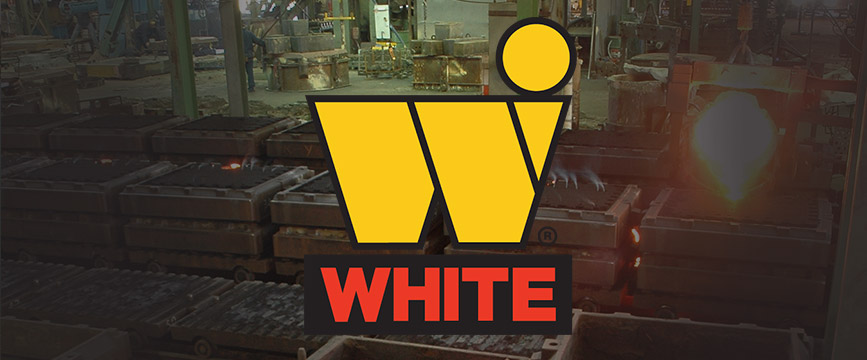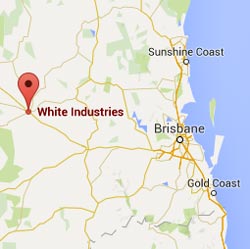Foundry Tech: Brasses and Bronzes
In this newsletter, we are looking at Brasses and Bronzes. You’ll note that some brasses fall under bronzes, and vice versa. This is due to various naming conventions over the years.
Brasses
This is a broad term which is split into 4 subgroups, they are:
Red and Leaded-Red Brasses, and Semi-Red and Leaded-Semi-Red Brasses are alloyed with varying amounts of zinc, lead and tin, and are used extensively in water valves, pumps, pipe fittings and plumbing hardware.
 |
| Red Brass microstructure |
Yellow brasses are also alloyed with zinc, tin and lead, but the zinc content is approximately two to three times that of the red brasses. They are low-cost, low to moderate strength alloys with good machineability and adequate corrosion resistance marine hardware and vehicular cooling systems.
 |
| Manganese Bronze microstructure |
High strength yellow brasses, or manganese bronzes are the strongest of the as-cast copper alloys. Their high strength allows them to be used in heavy duty mechanical products such as high strength bearings, gears, brackets, valve, and pump components with moderate corrosion resistance in fresh or seawater.
Silicon brasses (or if the silicon is higher than zinc, silicon bronzes) are moderate strength alloys with good corrosion resistance and castability. Applications range from bearings and gears to plumbing goods and intricately shaped pump and valve components.
Bronzes
The term “bronze” originally referred to alloys in which Tin was the major alloying element. Over time, it has broadened into the groups where the major alloying elements are not Zinc or Nickel.
Tin bronzes offer excellent corrosion resistance, reasonable strength (higher than red and semi-red brasses), and good wear resistance. This group also includes phosphor bronzes. These alloys are used in sleeve bearings that wear well against steel. The addition of Lead improves machinability and pressure tightness, these alloys are specified for corrosion-resistant valves and fittings, and other pressure-tight products.
 |
| Tin Bronze microstructure |
Aluminium Bronzes contain between 3% and 12% aluminium. Aluminium strengthens copper and imparts oxidation resistance by forming a tenacious alumina-rich surface film. Iron, silicon, nickel, and manganese are added to aluminium bronzes singly or in combination for higher strength and/or corrosion resistance in specific media. Aluminium bronzes are best known for their high corrosion and oxidation resistance combined with exceptionally good mechanical properties. The alloys are readily fabricated and welded and have been used to produce some of the largest nonferrous cast structures in existence. Aluminium bronze bearings are used in heavily loaded applications. Resistance to seawater corrosion is exceptionally high in nickel-aluminium bronzes. Because of its superior resistance to erosion-corrosion and cavitation, nickel-aluminium bronze is now widely used for propellers and other marine hardware.
 |
| Aluminium Bronze microstructure |
There are many other combinations elements that make up the bronze family, the above summarizes the main groups.
In the next issue, we finish this series by looking at the nickel alloys.



